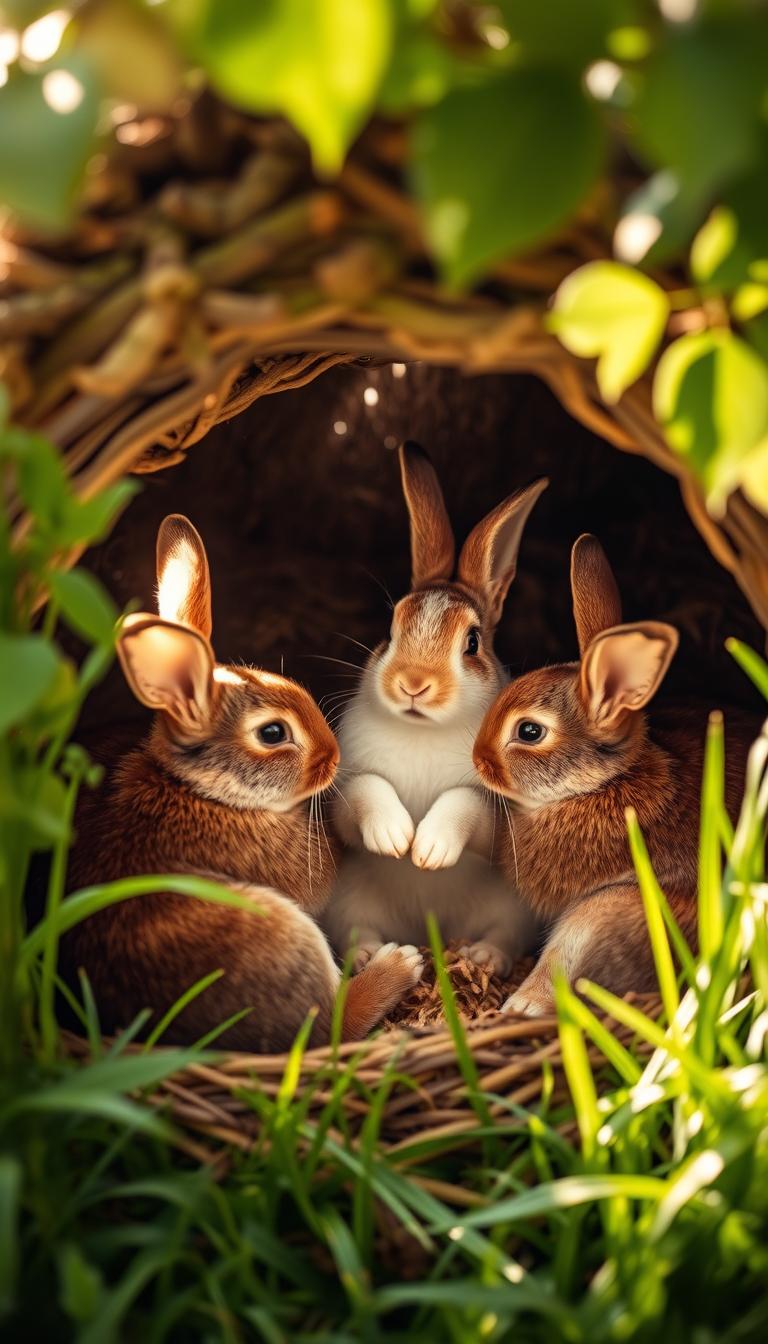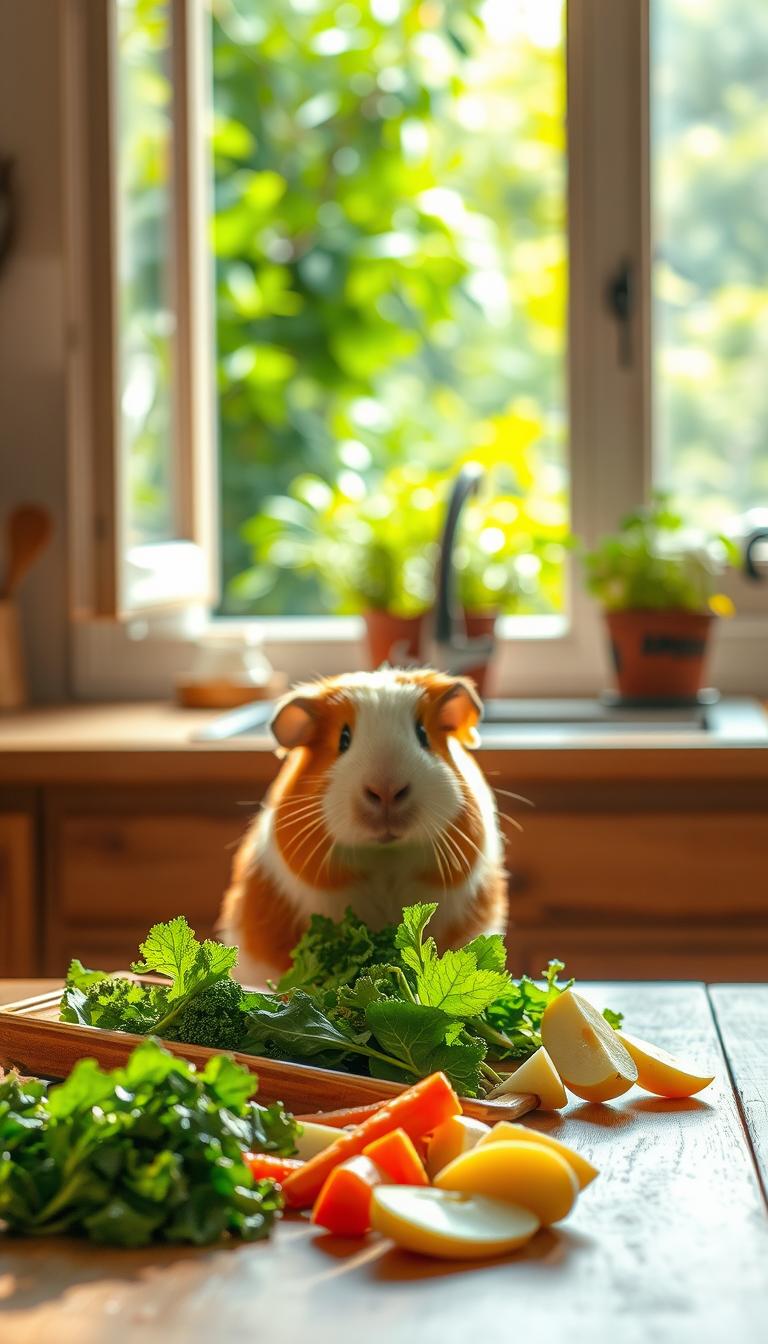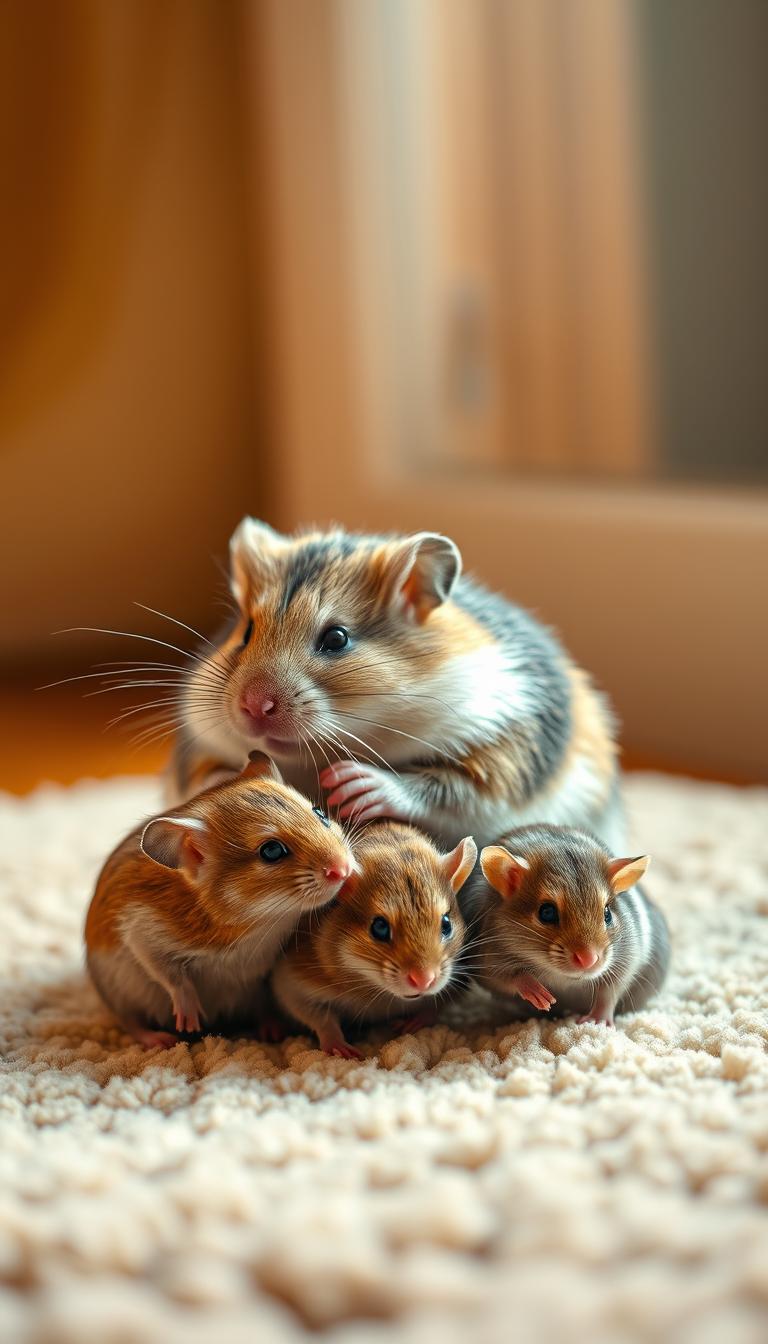
Bunnies thrive when surrounded by companionship. These social animals form deep connections, whether in pairs or small groups. If you’re considering adding a third furry friend to your home, rest assured it’s achievable with thoughtful preparation and patience.
Creating a harmonious trio starts with understanding their social nature. While bonded pairs often steal the spotlight, groups of three can develop equally strong relationships. The key lies in gradual introductions, neutral spaces, and ensuring all pets are spayed or neutered. Observing their interactions—like shared grooming or synchronized naps—reveals how deeply they value togetherness.
Successful bonding depends on more than just good intentions. You’ll need ample space to prevent territorial disputes and a structured approach to building trust. Some trios click within days, while others take weeks to establish hierarchy. Either way, the effort pays off when you see them cuddled up or playfully chasing one another.
Remember, every bunny has unique preferences. Monitoring body language helps identify stress or compatibility issues early. With careful planning, your pets can enjoy lifelong friendships that mirror their natural herd instincts. The journey might require adjustments, but the reward—a happy, cohesive group—is worth it.
Table of Contents
Understanding Rabbit Social Behavior
Social bonds are the cornerstone of a rabbit’s well-being, shaping their daily interactions. These animals evolved to thrive in groups where cooperation ensures survival. Knowing how they establish relationships helps create harmonious living arrangements.
Why Companionship Matters
In nature, these furry friends form colonies with clear roles. They use subtle cues like nose bumps and ear positions to communicate. Shared grooming sessions reinforce trust, while synchronized eating shows group cohesion.
| Positive Signs | Warning Signals |
|---|---|
| Mutual grooming | Loud teeth grinding |
| Side-by-side resting | Persistent circling |
| Peaceful food sharing | Territory spraying |
Reading Their Interactions
Mounting behavior often indicates hierarchy establishment rather than conflict. Watch for reciprocal acceptance – the submissive pet might lick the dominant one afterward. True aggression involves lunging or fur-pulling that requires immediate separation.
Recognizing these patterns helps you intervene appropriately. Most squabbles resolve quickly when animals feel secure. With patience, you’ll notice your pets developing unique ways to show affection and respect.
Preparing Your Home for Multiple Rabbits

Transforming your living space into a shared haven requires strategic planning. Start by tripling play zones and retreat areas compared to single-pet setups. This prevents overcrowding and lets each furry companion claim personal spots.
Creating a Spacious, Rabbit-Friendly Environment
Expand vertical and horizontal space with multi-level platforms connected by ramps. Provide three separate feeding bowls and water stations to avoid mealtime clashes. Hideouts like overturned boxes or fleece-lined tunnels let pets withdraw when overwhelmed.
Scatter enrichment items across the entire area—digging boxes filled with shredded paper, chewable willow balls, and puzzle feeders work wonders. Rotate toys weekly to maintain novelty without overwhelming their environment.
Setting Up Neutral Territories
Designate a blank-slate zone using baby gates or playpens where no pet has prior claims. Lay fresh bedding and new toys here to encourage cooperative exploration. Gradually expand these neutral territories as bonding progresses.
Watch for relaxed behaviors like gentle nose nudges or synchronized grazing—signs they’re accepting shared spaces. Always keep escape routes open during initial interactions to reduce tension.
Health and Safety Checks for Bonding Rabbits

Prioritizing health evaluations creates the foundation for successful group dynamics. Before introducing furry companions, thorough medical screenings help prevent conflicts rooted in illness or discomfort. This step ensures every pet starts bonding attempts on equal footing.
Veterinary Health Assessments
Schedule exams for all pets with a rabbit-savvy vet. These checkups screen for hidden conditions like dental issues or respiratory infections that might cause irritability. Testing for Encephalitozoon cuniculi (EC) is crucial—this parasite can remain undetected for months but spread through shared spaces.
Discuss deworming protocols and vaccination schedules during these visits. Your vet might recommend fecal tests to rule out intestinal parasites. Remember—a healthy pet is more likely to engage positively during introductions.
Importance of Neutering and Regular Care
Spaying or neutering dramatically reduces territorial marking and aggression. Wait 4-6 weeks post-surgery before bonding attempts—this allows hormone levels to stabilize. Regular grooming and nail trims also minimize stress-related injuries during early interactions.
Establish an ongoing care routine with your vet, including weight checks and dental assessments. Consistent health monitoring helps catch issues early, as explained in this bonding guide. Pair these efforts with stress-reduction strategies from resources like managing rabbit emotions to create optimal conditions for friendship-building.
Can 3 Rabbits Live Together Successfully
Building a harmonious group of three requires realistic expectations and adaptability. While many furry friends form strong connections, trio dynamics differ significantly from pairs. Personality clashes and shifting hierarchies often emerge during bonding attempts.
Understanding Trio Bonding Challenges
Introducing a third companion adds layers of complexity to existing relationships. A bonded pair might view newcomers as threats rather than friends. Dominance struggles frequently occur as pets renegotiate their social roles.
Some animals naturally prefer smaller groups. One rabbit might resist sharing attention or resources. Watch for signs like excessive chasing or blocked access to food bowls—these suggest tension within the group.
Possible Outcomes of Trio Bonding
The ideal scenario sees all three snuggling and grooming together. More often, you’ll encounter mixed results. Your original pair might accept the newcomer, forming a cohesive unit that shares toys and sleeping areas.
Alternatively, the established pair could reject the third pet entirely. This leaves you managing separate spaces for the duo and one rabbit. In rare cases, existing bonds fracture entirely—you might end up with three singles needing individual homes.
Always have backup housing plans before starting introductions. Successful bonding depends on patience and willingness to adjust strategies based on your pets’ evolving needs.
Gradual Introduction Techniques

Building friendships between rabbits starts long before they meet face-to-face. Strategic scent exchanges and controlled proximity lay the groundwork for peaceful coexistence. This methodical approach helps prevent territorial disputes while fostering curiosity.
Pre-Bonding Strategies and Scent Swapping
Begin by housing your furry companions in separate enclosures spaced 10 inches apart. This setup lets them observe and sniff each other safely. Daily swaps of litter boxes and toys become crucial—these items carry familiar smells that reduce anxiety.
Rub a soft cloth gently over one pet’s cheeks and transfer it to others’ spaces. Rabbits recognize each other through scent glands located here. Repeat this process with food bowls and bedding to create a shared “smell library.”
Watch for relaxed behaviors like nibbling hay near shared barriers or ignoring swapped items. These signs indicate growing acceptance. Most groups need 7-14 days of scent exposure before progressing to physical meetings.
Patience proves vital during this phase. Rushing interactions risks triggering defensive postures. Consistent smell-sharing teaches your pets that new scents mean companionship—not competition for resources.
Step-by-Step Guide to Rabbit Bonding

Creating lasting bonds between rabbits follows a carefully structured path. Start sessions only when all pets show calm reactions to swapped toys and bedding. Neutral spaces like unused bathrooms or freshly cleaned playpens become your primary bonding zones.
Short, Supervised Meeting Sessions
Begin with 2-5 minute interactions in completely new areas. Use a timer to track sessions—overstaying risks triggering territorial behavior. Keep these tips in mind:
- Schedule hourly meetings on day one to build familiarity without overwhelm
- Distract pets with fresh herbs or puzzle feeders during initial encounters
- Separate them gently at the first sign of stiffened posture or growling
Increasing Interaction Time Gradually
Extend sessions by 50% daily if no conflicts arise. Follow this pattern:
- Day 2: 5-10 minutes per session
- Day 3: 10-15 minutes with added enrichment items
- Day 4+: Add 5-minute increments after three peaceful meetings
Always conclude with treats or group grooming to reinforce positive associations. Consistency matters more than speed—skipping days can reset progress. Most groups need 2-6 weeks to achieve hour-long harmony.
Managing Behavioral Indicators During Bonding
Recognizing subtle cues during bonding sessions helps prevent minor disagreements from becoming serious conflicts. Watch closely as your pets communicate through body language and physical interactions—these signals guide your intervention timing.
Interpreting Nipping and Mounting
Hierarchy establishment often involves brief mounting or gentle nibbling. These actions usually resolve within seconds as pets determine social roles. Look for these signs of controlled interaction:
- Quick retreats after mild nipping
- Brief humping followed by mutual grooming
- Relaxed ear positions during disputes
Danger emerges when behaviors escalate: Extended chasing, raised hind legs, or focused biting indicate rising tension. Separate pets immediately if you notice:
| Acceptable | Dangerous |
|---|---|
| 2-second mounting | Persistent lunging |
| Soft fur tugging | Blood-drawing bites |
| Sideways hopping | Puffed-up fur coats |
Focus on eye expressions and tail movements. Wide-open eyes with visible whites often precede attacks, while twitching tails signal irritation. Always keep a spray bottle nearby to safely interrupt fights without physical intervention.
Transitioning to Shared Living Spaces
Watching your furry companions groom each other signals it’s time for their next big step. When mutual sniffing and relaxed nuzzling become routine, they’re ready to share permanent quarters. Start this phase in a neutral territory none have claimed—like a freshly cleaned playpen or new room addition.
Merging Separate Spaces Successfully
Combine their existing areas gradually over several days. Begin by swapping bedding between enclosures to blend scents. Place food bowls and toys at opposite ends of the shared space to encourage exploration without competition.
Expand their living zone incrementally each week. Monitor interactions closely during free-roam time—peaceful grazing or synchronized flopping shows comfort. If tension arises, reduce the shared area temporarily and reintroduce scent-swapped items.
Most groups adapt fully within 2-3 weeks. Celebrate milestones like group naps or shared treat sessions. Remember—patience pays off when creating a harmonious multi-pet household. Your efforts will reward you with joyful thumps and contented tooth purrs echoing through their united home.




